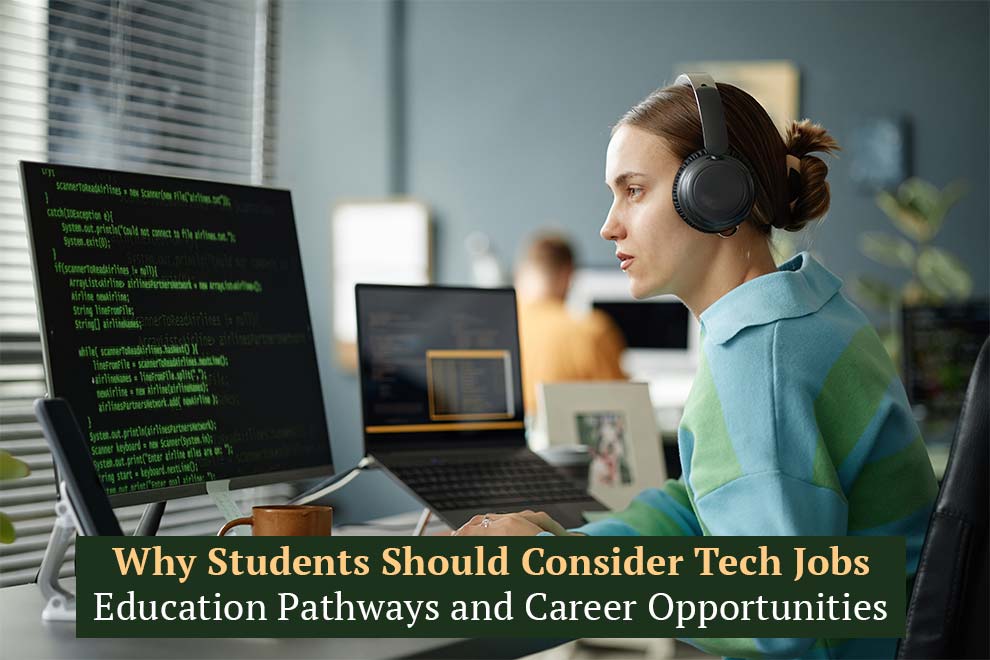Educators have always searched for new ways to make lessons more interesting, especially in a world where students are used to fast-moving videos and endless scrolling. With attention spans getting shorter and classrooms becoming more digital by the year, the challenge is real: How do you take something like a history lesson or a complicated science topic and make it feel as interesting as a game or a trending video? Lately, more and more teachers are finding a surprising solution in something that didn’t even exist a few years ago—digital avatars powered by artificial intelligence.
These avatars aren’t just silly cartoons or filters. They’re being used to explain real topics in ways that are fun, interactive, and a lot easier to follow than a long lecture or a dry slideshow. While the idea of avatars might sound futuristic or even gimmicky at first, what’s happening in classrooms and online learning environments is actually pretty down-to-earth. It’s about connection. It’s about creativity. And it’s changing the way students learn—one animated face at a time.
Making Big Ideas Feel Smaller
Let’s be honest—some school topics feel impossible to understand the first time around. Whether it’s math formulas that seem to come from another planet or historical events with too many moving parts, it’s easy to feel lost. That’s where explainer videos come in. Teachers have been using them for years, but the old ones often had robotic voices or looked like outdated computer animations. They were more helpful than nothing, but not exactly inspiring.
Now, educators are creating explainer videos that feel totally different. With the help of new tools, they can build custom avatars that look human-like, move naturally, and even show facial expressions. A math teacher can design an avatar that walks students through each step of a problem, pausing to explain why something works. A history teacher can tell the story of a revolution through the voice of a character who lived it, adding depth and personality that a textbook just can’t match.
It’s not just about making things look cooler. When students feel like a concept is being broken down in a calm, clear way by a voice they can follow, they’re more likely to stick with it. These avatars aren’t just reading from a script. They’re designed to explain things the way a real teacher would if they had unlimited time and energy. And teachers love that they can add their own tone and personality into the mix, even when they’re not physically in front of the class.
Teachers Are Learning, Too
It might sound like you need a tech background to pull this off, but that’s the surprising part: you don’t. Most of the educators jumping into avatar-based videos are not coders or video editors. They’re regular teachers who are tired of repeating the same explanation five times a day. So, when they find a platform that lets them type in a script, choose an avatar, and create a polished video in a few minutes, it’s a game changer.
For many, it started during the shift to remote learning. Once teachers had to get comfortable recording themselves for Zoom or putting lessons online, a lot of them realized they could take it further. Instead of always being on camera, they could let creative AI tools do the talking while they focused on planning or helping students one-on-one. It’s not about replacing teachers—it’s about freeing them up to actually teach.
Some teachers even create a library of videos that students can watch at their own pace, rewind when they need to, or review before a test. This kind of learning is especially helpful for students who struggle to keep up during a live lecture, whether because of learning challenges or just a tough day. With an avatar explaining things clearly and calmly, students don’t feel embarrassed for needing a second listen. And the teacher can spend more time giving personal help instead of repeating the same explanation all afternoon.
Speaking in a Voice Students Actually Hear
There’s a strange truth about growing up with phones, YouTube, and constant content: students are picky about what they watch. If something doesn’t grab their attention in the first few seconds, it’s gone. So, educators know they can’t just slap an avatar onto a boring script and expect it to work. The magic happens when the message feels real—and the delivery feels like something that belongs in the world students already live in.
That’s where the talking AI avatar really earns its place. These aren’t puppets or clunky animations that barely move their mouths. The newest avatars have realistic speech patterns, eye movement, even slight gestures that feel human. They’re designed to hold attention in a way that’s natural—not like a commercial, but more like a relatable friend who’s walking you through a tricky idea.
Some teachers are even having fun with it. They’ll build multiple avatars for different subjects or even bring in “guest teachers” who specialize in certain topics. The goal is to make learning feel fresh again—to spark curiosity and engagement instead of just pushing information. One teacher described it like this: “When I use my avatar, students don’t tune out. They lean in.” And that kind of reaction is exactly what keeps this trend growing fast.
Breaking Down Language Barriers
One of the most unexpected and exciting benefits of using AI avatars in education has nothing to do with animation. It’s about access. In classrooms where students speak different languages—or in online learning platforms that reach across countries—language can be a huge roadblock. That’s why some educators are using new tools that can translate video to English or Spanish using AI. These tools don’t just add subtitles. They recreate the voice, adjust the timing, and even sync up with the avatar’s mouth movements to make it feel completely natural in a different language.
This means a video that started as a science lesson in one language can quickly become a resource for students halfway across the world—or just across town—who need it in another. It’s opening doors for bilingual education, for students learning English, and for families who want to stay involved with their kids’ education even if they don’t speak the same language fluently. And it’s making teachers feel like their work matters far beyond one classroom.
In the past, this kind of translation required a full team of editors, voice actors, and a lot of time. Now it can happen in a matter of minutes. That kind of speed means more content gets created, and more students benefit. It’s a ripple effect that’s changing the way we think about education as something global, not just local.
Letting Teachers Be Creative Again
It’s easy to forget how much pressure teachers are under. They’re expected to plan lessons, manage behavior, meet standards, respond to parents, and somehow make learning feel fun—all at the same time. So when a new tool actually makes life easier instead of more complicated, it’s worth celebrating.
What educators love about avatar videos is that they give back something they’ve been missing: creative control. Instead of relying on old worksheets or pre-made videos that don’t quite fit, teachers can build content that fits their exact lesson, their tone, and their students. They can make learning personal again. And they can enjoy the process of teaching without burning out.
Some teachers even say it’s made them fall in love with teaching again. They’re experimenting with new ways to explain things, trying out storytelling techniques, and getting excited about sharing their lessons. The avatars give them a blank canvas—and for the first time in a while, they have the time and tools to paint something meaningful on it.
The Future Is Closer Than You Think
What’s happening in classrooms right now might look futuristic on the surface, but at its core, it’s very human. Teachers want to connect. Students want to understand. And when those two things come together through technology that feels natural and inviting, learning just works better.
AI avatars aren’t here to replace teachers or turn classrooms into science fiction movies. They’re here to help people teach better, explain things more clearly, and reach students who might otherwise feel left behind. Whether you’re in a big city or a rural town, whether your school has every tech tool or just the basics, this kind of technology is becoming more accessible by the day.
And as more educators start experimenting with avatars and explainer videos, one thing becomes clear: this isn’t just a trend. It’s a shift. A step forward. And maybe, just maybe, the beginning of a smarter, more inclusive way to learn.










